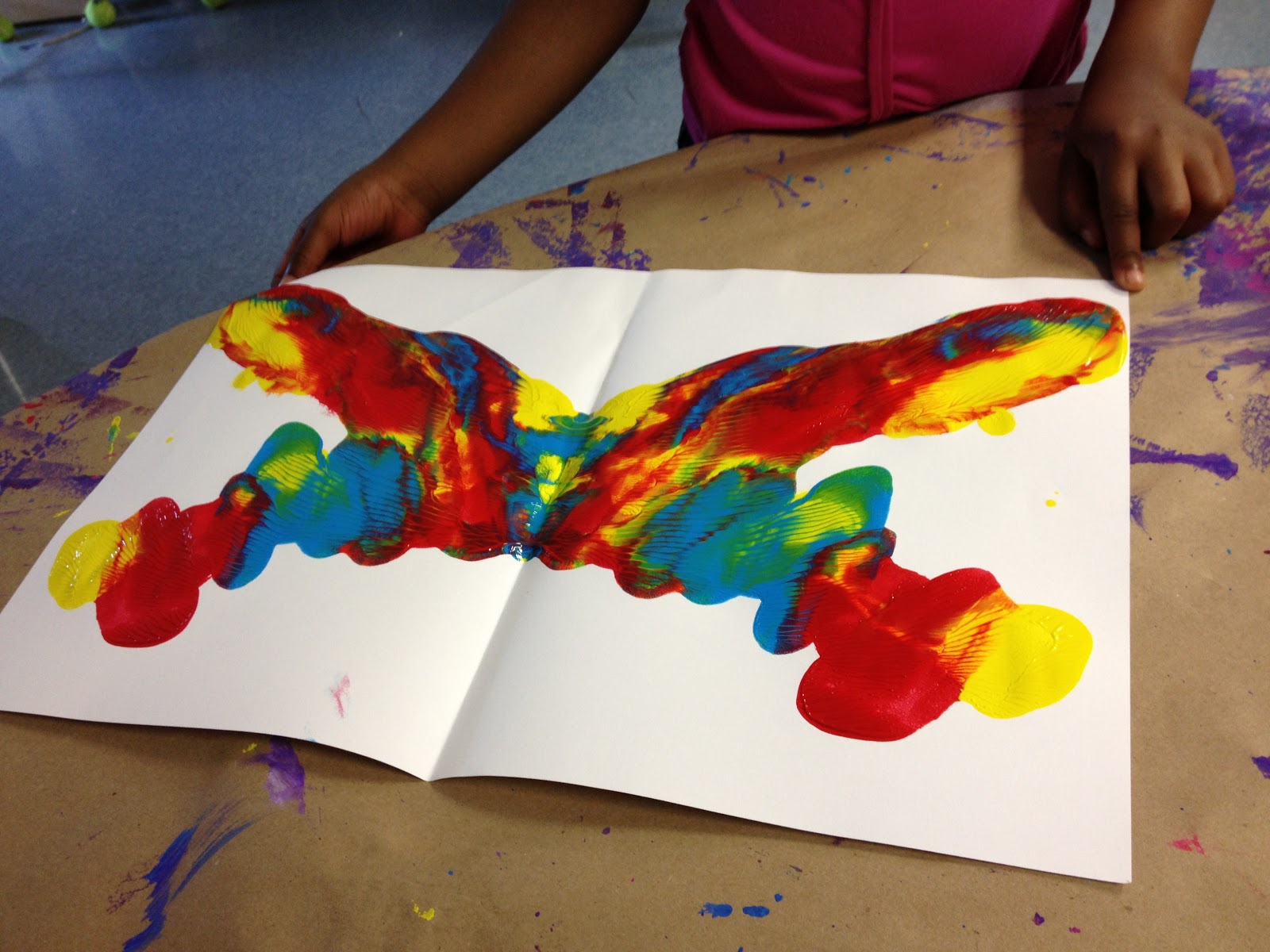“How can we be more innovative?” is a question many clients ask us. It’s not one that’s simple to answer, not least because it addresses so many more questions than “how do we have new ideas?” (questions around such topics as decision-making, risk appetite, performance management, interpersonal dynamics, organisational brand/identity, culture and many more besides).
Even at the level of idea generation, “being more innovative” is tough when it is already explicitly or tacitly known who an organisation’s ‘innovators’ and ‘non-innovators’ are. This division between the innovation ‘haves’ and ‘have nots’ can be reinforced through the introduction of many of the creativity techniques favoured by consultants. These can continue to play to the extroverted, right-brained strengths of those already seen as able to make great leaps of innovative imagination.
For balance, some more introverted, left-brained small-leap techniques are required so we offer our stepwise 1-2-3 process. Sure, it delivers ideas, but, perhaps more importantly, it provides opportunity for those with different strengths to contribute to innovation in a way that’s as easy as 1-2-3. Do it as a team on or your own.
1. Start at 1, not 0: Don’t feel compelled by the tyranny of ‘starting at zero’ with a blank sheet of paper/blue sky/blue ocean. Feel free to start with that perhaps not very innovative idea you just can’t quite shake. As long as you follow 1-2-3 to use that idea to generate others, rather than getting seduced into thinking you’ve found the silver bullet, you’ll do OK.
2. Turn the 1 into a 2: Do this by finding a way to characterise that 1 idea such that you can think of what the opposite/alternative characteristic might be. A recent client looking to launch an app in the education market was so keen on a go-to-market strategy that involved putting the app directly in the hands of customers and staging competitions with cash prizes that they found it hard to think of alternatives. But as soon as they were able to characterise their strategy as “push” we could instantly think about “pull” strategies like inviting the Times Educational Supplement to feature their story. Furthermore, characterising that as an “old media” strategy prompts thought about what would be a “new media” strategy. And so on. We call this process ‘unfolding’, like peeling apart a folded sheet of painted paper to reveal the left and right hand sides of the butterfly/Rorschach ink blot test within…. And then doing it again and again. And then going back to all the interesting characteristics we’ve developed to see if they stimulate us to think of even more innovative strategies.
3. Fill a 2 with a 3: Between some of those opposite/alternative characteristics, there may be interesting ‘middle characteristics’. Perhaps there are ‘excluded middles’: between “new media” and “old media” are “now media” and “no media.” What ideas do they provoke? Perhaps there are ‘included middles’: between the “big picture” and the “small picture” should be the “middle picture.” Our work with a logistics start-up identified that although it had compelling “big picture” aims and some patented “small picture” enabling technologies, it had something of a blind spot around the “middle picture” engineering and business systems thinking to connect the two.
So, see if a 1-2-3 approach works for you, either in groups or individually, in full or in part. We’d love it if you’d give us a shout to ask for help or let us know how you got on.



